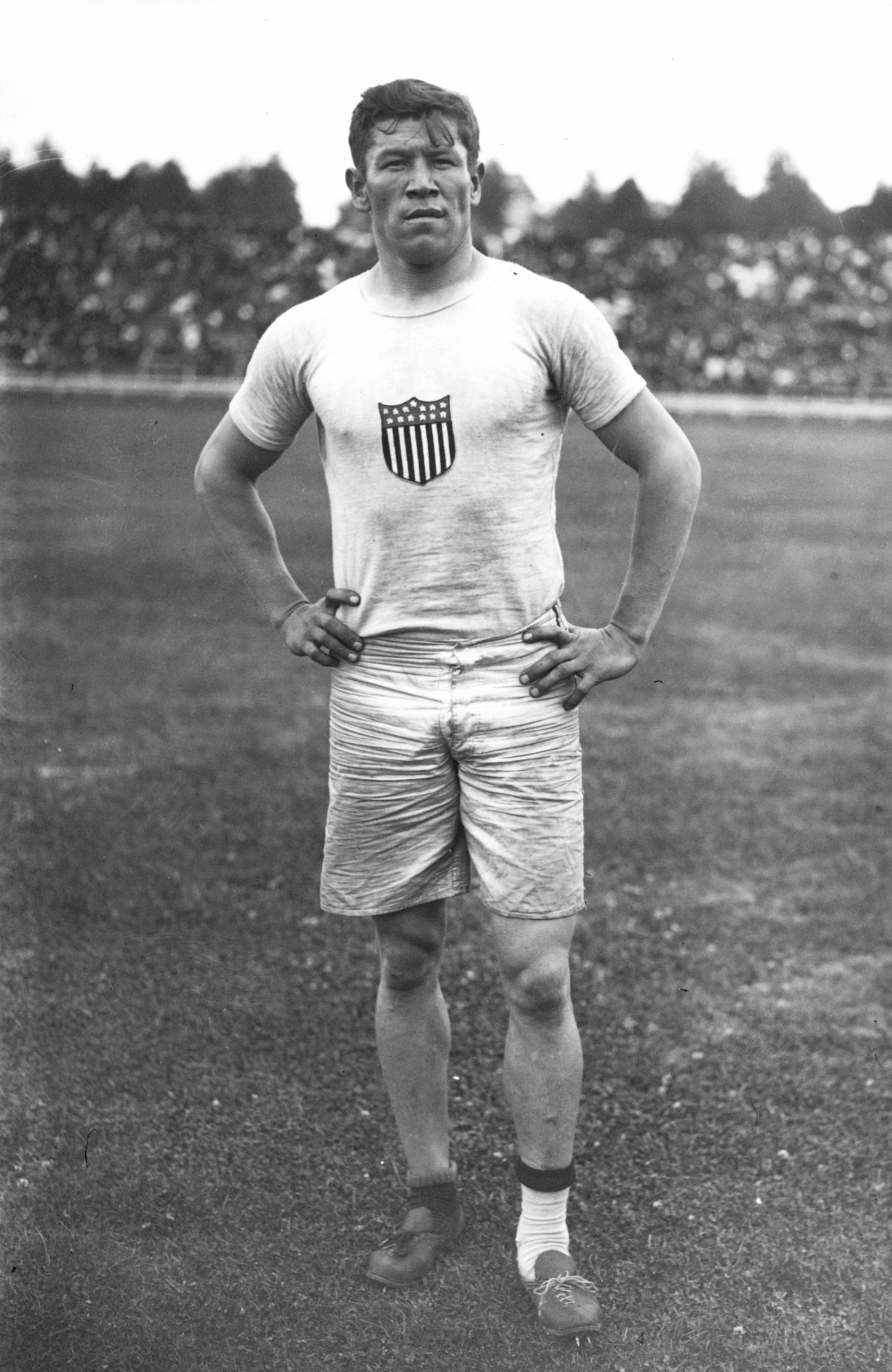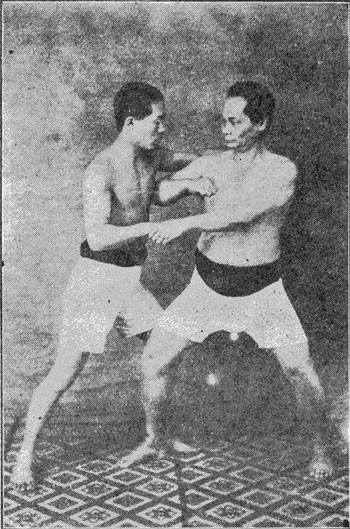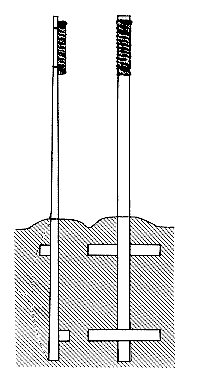|
Masaru Shintani
Masaru Shintani (February 3, 1928 – May 7, 2000) was a Japanese-Canadian master of karate who introduced the Wadō-ryū style of karate in Canada and founded the Shintani Wado-Kai Karate Federation. At the time of his death he was the Supreme Instructor of Wado Kai Karate in North America. Shintani devoted over 50 years to the study of Karate. He also held ranks in Judo (Sandan), Aikido (Shodan), and Kendo (Shodan). Early life Shintani was born February 3, 1928, in Vancouver, British Columbia, Canada, the eldest child of six born to Kanaye Shintani and Tsuruye Shintani (Matsumoto) of the Matsumoto samurai family. Shintani's father died when he was only seven years old. At the start of World War II, all Canadians of Japanese descent were sent to relocation centres throughout the country. Shintani and his family were sent to New Denver, British Columbia. Shintani's early martial arts training was in the relocation camps at the age of 14, studying judo, kendo and aikid ... [...More Info...] [...Related Items...] OR: [Wikipedia] [Google] [Baidu] |
Vancouver
Vancouver ( ) is a major city in western Canada, located in the Lower Mainland region of British Columbia. As the List of cities in British Columbia, most populous city in the province, the 2021 Canadian census recorded 662,248 people in the city, up from 631,486 in 2016. The Greater Vancouver, Greater Vancouver area had a population of 2.6million in 2021, making it the List of census metropolitan areas and agglomerations in Canada#List, third-largest metropolitan area in Canada. Greater Vancouver, along with the Fraser Valley Regional District, Fraser Valley, comprises the Lower Mainland with a regional population of over 3 million. Vancouver has the highest population density in Canada, with over 5,700 people per square kilometre, and fourth highest in North America (after New York City, San Francisco, and Mexico City). Vancouver is one of the most Ethnic origins of people in Canada, ethnically and Languages of Canada, linguistically diverse cities in Canada: 49.3 percent of ... [...More Info...] [...Related Items...] OR: [Wikipedia] [Google] [Baidu] |
Judo
is an unarmed gendai budō, modern Japanese martial art, Olympic sport (since 1964), and the most prominent form of jacket wrestling competed internationally.『日本大百科全書』電子版【柔道】(CD-ROM version of Encyclopedia Nipponica, "Judo"). Judo was created in 1882 by Kanō Jigorō () as an eclectic martial art, distinguishing itself from its predecessors (primarily Tenjin Shin'yō-ryū, Tenjin Shinyo-ryu jujutsu and Kitō-ryū jujutsu) due to an emphasis on "randori" (, lit. 'free sparring') instead of "kata" (pre-arranged forms) alongside its removal of striking and weapon training elements. Judo rose to prominence for its dominance over Kodokan–Totsuka rivalry, established jujutsu schools in tournaments hosted by the Tokyo Metropolitan Police Department (警視庁武術大会, ''Keishicho Bujutsu Taikai''), resulting in its adoption as the department's primary martial art. A judo practitioner is called a , and the judo uniform is called . The objective of co ... [...More Info...] [...Related Items...] OR: [Wikipedia] [Google] [Baidu] |
Sportspeople From Vancouver
An athlete (also sportsman or sportswoman) is a person who competes in one or more sports that involve physical strength, speed, or endurance. Athletes may be professionals or amateurs. Most professional athletes have particularly well-developed physiques obtained by extensive physical training and strict exercise accompanied by a strict dietary regimen. Definitions The word "athlete" is a romanization of the el, άθλητὴς, ''athlētēs'', one who participates in a contest; from ἄθλος, ''áthlos'' or ἄθλον, ''áthlon'', a contest or feat. The primary definition of "sportsman" according to Webster's ''Third Unabridged Dictionary'' (1960) is, "a person who is active in sports: as (a): one who engages in the sports of the field and especially in hunting or fishing." Physiology Athletes involved in isotonic exercises have an increased mean left ventricular end-diastolic volume and are less likely to be depressed. Due to their strenuous physical activities, ... [...More Info...] [...Related Items...] OR: [Wikipedia] [Google] [Baidu] |
Canadian Sportspeople Of Japanese Descent
Canadians (french: Canadiens) are people identified with the country of Canada. This connection may be residential, legal, historical or cultural. For most Canadians, many (or all) of these connections exist and are collectively the source of their being ''Canadian''. Canada is a multilingual and multicultural society home to people of groups of many different ethnic, religious, and national origins, with the majority of the population made up of Old World immigrants and their descendants. Following the initial period of French and then the much larger British colonization, different waves (or peaks) of immigration and settlement of non-indigenous peoples took place over the course of nearly two centuries and continue today. Elements of Indigenous, French, British, and more recent immigrant customs, languages, and religions have combined to form the culture of Canada, and thus a Canadian identity. Canada has also been strongly influenced by its linguistic, geographic, and ec ... [...More Info...] [...Related Items...] OR: [Wikipedia] [Google] [Baidu] |
1928 Births
Nineteen or 19 may refer to: * 19 (number), the natural number following 18 and preceding 20 * one of the years 19 BC, AD 19, 1919, 2019 Films * ''19'' (film), a 2001 Japanese film * ''Nineteen'' (film), a 1987 science fiction film Music * 19 (band), a Japanese pop music duo Albums * ''19'' (Adele album), 2008 * ''19'', a 2003 album by Alsou * ''19'', a 2006 album by Evan Yo * ''19'', a 2018 album by MHD * ''19'', one half of the double album ''63/19'' by Kool A.D. * ''Number Nineteen'', a 1971 album by American jazz pianist Mal Waldron * ''XIX'' (EP), a 2019 EP by 1the9 Songs * "19" (song), a 1985 song by British musician Paul Hardcastle. * "Nineteen", a song by Bad4Good from the 1992 album '' Refugee'' * "Nineteen", a song by Karma to Burn from the 2001 album ''Almost Heathen''. * "Nineteen" (song), a 2007 song by American singer Billy Ray Cyrus. * "Nineteen", a song by Tegan and Sara from the 2007 album '' The Con''. * "XIX" (song), a 2014 song by Slipk ... [...More Info...] [...Related Items...] OR: [Wikipedia] [Google] [Baidu] |
Kumite
Kumite ( ja, 組手, literally "grappling hands") is one of the three main sections of karate training, along with kata and kihon. Kumite is the part of karate in which a person trains against an adversary. Kumite can be used to develop a particular technique or a skill (e.g. effectively judging and adjusting one's distance from one's opponent) or it can be done in competition. Types Since the word "kumite" refers to forms of sparring, it covers a vast range of activities. In traditional Shotokan karate, the first type of kumite for beginners is ''gohon kumite''. The defender steps back each time, blocking the attacks and performing a counterattack after the last block. This activity looks nothing like the ''jiyu kumite'' (or "free sparring") practiced by more advanced practitioners. Types: * ''Ippon kumite'' - one step sparring, typically used for self-defense drills * ''Sanbon kumite'' - three-step sparring, typically used to develop speed, strength, and technique * ''Gohon k ... [...More Info...] [...Related Items...] OR: [Wikipedia] [Google] [Baidu] |
Makiwara
The makiwara () is a padded striking post used as a training tool in various styles of traditional karate. It is thought to be uniquely Okinawan in origin. The makiwara is one form of ''hojo undō'', a method of supplementary conditioning used by Okinawan martial artists. Use The makiwara is used by karate practitioners to practice strikes in much the same way as a boxer uses a heavy bag. The makiwara develops one's striking ability by letting them experience resistance to punches, kicks and other strikes. A poor punch will bounce off the makiwara if the body is not in a position to support the energy generated by the strike. It also develops targeting, and focus, which is the ability to penetrate the target (i.e., opponent) to varying degrees of force. The makiwara is very versatile, and can accommodate practice of open/closed hand strikes, kicks, knee strikes and elbow strikes. Okinawan methods emphasize striking from different angles. Most sources recommend a regimen of hit ... [...More Info...] [...Related Items...] OR: [Wikipedia] [Google] [Baidu] |
Hamilton, Ontario
Hamilton is a port city in the Canadian province of Ontario. Hamilton has a population of 569,353, and its census metropolitan area, which includes Burlington and Grimsby, has a population of 785,184. The city is approximately southwest of Toronto in the Greater Toronto and Hamilton Area (GTHA). Conceived by George Hamilton when he purchased the Durand farm shortly after the War of 1812, the town of Hamilton became the centre of a densely populated and industrialized region at the west end of Lake Ontario known as the Golden Horseshoe. On January 1, 2001, the current boundaries of Hamilton were created through the amalgamation of the original city with other municipalities of the Regional Municipality of Hamilton–Wentworth. Residents of the city are known as Hamiltonians. Traditionally, the local economy has been led by the steel and heavy manufacturing industries. During the 2010s, a shift toward the service sector occurred, such as health and sciences. Hamilton is ho ... [...More Info...] [...Related Items...] OR: [Wikipedia] [Google] [Baidu] |
Beamsville
Beamsville ( 2021 Urban area estimated population 13,323) is a community that is part of the town of Lincoln, Ontario, Canada. It is located along the southern shore of Lake Ontario and lies within the fruit belt of the Niagara Peninsula. It contains century-old brick buildings, an old-fashioned downtown area with barbershops, women's dress shops, a bakery, a print shop, restaurants, banks, and other businesses, and plenty of orchards and vineyards. The Queen Elizabeth Way, the main road that connects Toronto and Buffalo, New York, has an interchange at Beamsville. Many tourists stop off at the highway exit for something to eat at the many fast food restaurants located nearby. Industry Beamsville is in the heart of Ontario's wine country and contributes greatly to the wine industry in the Niagara Peninsula. Many wineries from the area have taken home top awards, including Grape King at the Niagara Grape & Wine Festival, as well as international awards. Alanson Harris o ... [...More Info...] [...Related Items...] OR: [Wikipedia] [Google] [Baidu] |
Aikido
Aikido ( , , , ) is a modern Japanese martial art that is split into many different styles, including Iwama Ryu, Iwama Shin Shin Aiki Shuren Kai, Shodokan Aikido, Yoshinkan, Renshinkai, Aikikai and Ki Aikido. Aikido is now practiced in around 140 countries. It was originally developed by Morihei Ueshiba, as a synthesis of his martial studies, philosophy and religious beliefs. Ueshiba's goal was to create an art that practitioners could use to defend themselves while also protecting their attackers from injury. Aikido is often translated as "the way of unifying (with) life energy" or as "the way of harmonious spirit". According to the founder's philosophy, the primary goal in the practice of aikido is to overcome oneself instead of cultivating violence or aggressiveness. Morihei Ueshiba used the phrase to refer to this principle. Aikido's fundamental principles include: (entering), , (breathing control), (triangular principle) and (turning) movements that redirect the oppo ... [...More Info...] [...Related Items...] OR: [Wikipedia] [Google] [Baidu] |
Kendo
is a modern Japanese martial art, descended from kenjutsu (one of the old Japanese martial arts, swordsmanship), that uses bamboo swords (shinai) as well as protective armor (bōgu). Today, it is widely practiced within Japan and has spread to many other nations across the world. History Swordsmen in Japan established schools of '' kenjutsu'' (the ancestor of kendo). These continued for centuries and form the basis of kendo practice today.. Formal kendo exercises known as '' kata'' were developed several centuries ago as ''kenjutsu'' practice for warriors. They are still studied today, in a modified form. The introduction of bamboo practice swords and armor to sword training is attributed to during the Shotoku Era (1711–1715). Naganuma developed the use of this armor and established a training method using bamboo swords. , third son of Naganuma and the 8th headmaster of the Kashima Shinden Jikishinkage-ryū Kenjutsu, is credited with improving the art with Japanese ... [...More Info...] [...Related Items...] OR: [Wikipedia] [Google] [Baidu] |





.jpg)
